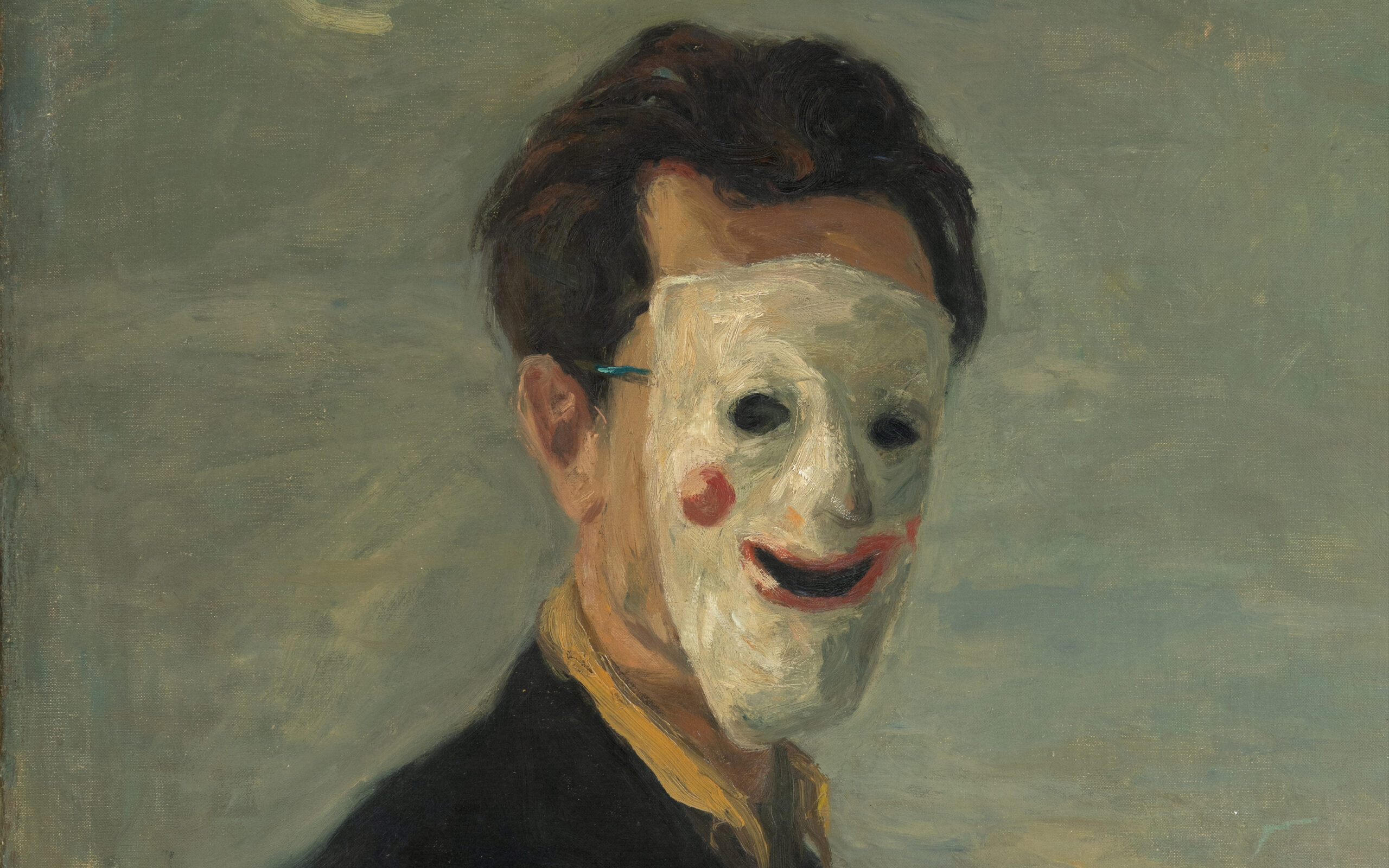An exhibition of works from the Museum of Contemporary Art collection
The exhibition City: A place of identity problematizes the ways in which the urban environment can be observed as a place where identity – not only basic/essential but also artistic – is built and continuously shaped. Exhibition segments devoted to city sites present what we, in a narrower or broader sense, define as urban (architecture, social and cultural activities, forms of behavior, lifestyle, etc.), which, as a sub-identity, significantly determines, with its spatial and social features, the development of individual and collective models of action and conduct. Works of art that date from the beginning of the past century to the early 2000s and, in their wide range of meanings, treat the individual in various ways – from the most obvious details, such as physical characteristics or social engagement, to the most complex internal questionings that can be simultaneously viewed on the level of group mentality – are associatively and thematically mapped and juxtaposed.
The curatorial team focuses on the anthropological and cultural analysis of the works from the collection, which opens up the possibility of a twofold view of the topic. In many of the artworks, we can observe the processes of shaping and mapping the peculiarities and characters of individuals who live in the city, i.e., the positions – how the city treats us, and then also how the individual/artist, through their own visual prism or theoretical elaboration, treats the physical environment, i.e., how the artist sees the city. This results from different patterns of action – the conscious, spontaneous, emotional, value-based or artificial, as particular types of behavior in the context of a specific environment. The consequences of mutual action can be stimulating and effective but also limiting and devastating for the man–citizen because the polis also implies various models of repression. This is exceptionally provocative for the artist as an individual and can reflect on their unique socialization, expressed through the use of diverse language forms within specific practices.
The exhibition City: A place of identity is not structured chronologically but is divided into five thematic units that can be marked as determinants/levels in contemplating the city as a place of creation of different types of identity:
1. Private spaces: everyday life in the community. Home, family, personal spaces, places where daily rituals are established are essential factors in the constitution of a personality. How artists consider private space is reviewed through the works of Natalija Cvetković, Tomislav Gotovac, Sanja Iveković and Dalibor Martinis, Žolt Kovač, Oto Log, Petar Palavičini, Milena Pavlović Barili, Zoran Popović, Ivan Tabaković, Beta Vukanović, etc.
2. Urban semiotics. In this exhibition segment, the city is discussed as an architectural place of intense cultural and historical significance, which, as such, defines the identity of a particular person, group and nation. Urban semiotics is illustrated by the works of Jasmina Cibic, Kosta Hakman, Krsto Hegedušić, Milan Konjović, Goranka Matić, Miodag Mića Popović, Ljubica Cuca Sokić, Veljko Stanojević, Stevan Živadinović – Vane Bor, and others.
3. Urban world / Global city. Fascination with different urban phenomena and cultures is the starting point for recognition as well as differentiation from others; the polis becomes the basis for the symbolic and professional identification of the individual. This segment is studied through the works of Milan Aleksić, Vojin Bakić, Marijan Detoni, Dušan Džamonja, Jadranka Fatur, Vinko Gecan, KOD Group, Milena Jeftić Ničeva Kostić, Viktor Macarol, Era Milivojević, Ivan Tabaković, Ljubomir Šimunić, etc.
4. Subject and place. This unit argues that individual identity is never fixed but fluid and subject to interaction with the site and others. The narrative is reviewed through the works of Srđan Apostolović, Igor Grubić, Slavko Matković (Bosch + Bosch Group), Saša Marković Mikrob, Petar Omčikus, Neša Paripović, Vasa Pomorišac, Milica Ružić, Zoran Todorović, etc.
5. Dystopia – utopia. The feeling associated with the definition of a city as a manufacturer of anxiety, inner anguish and dilapidation, but also order, functionality, synchronicity and future projections. Dystopia – utopia is visualized through the works of Radoš Antonijević, Sergije Glumac, Biljana Đurđević, Dragoslav Krnajski, Mirjana Maoduš, Mihael Milunović, Josip Seissel (Jo Klek) and others.
Within each of the mentioned segments, individual works will be distinguished whose meaning corresponds uniquely with the given unit, which will be summarized in the form of a short narrative in the legend next to the exhibit. City: A place of identity will feature around 130 works from the Museum of Contemporary Art and include pieces from all existing collections: the Collection of paintings from 1900 to 1950, the Collection of paintings after 1950, the Collection of paper materials (graphics, drawings, watercolors, etc.), the Collection of sculpture and installation and the Collection of Photography, Film, Video and Digital Media. During the exhibition, various accompanying programs will be organized.
Opening: March 23, 2023, at 6 p.m., Museum of Contemporary Art, Ušće 10, Block 15
The exhibition will be open until August 20, 2023
Place: 2nd and 3rd floors of the Museum of Contemporary Art
Exhibition curators: Una Popović, Svetlana Mitić, Mišela Blanuša, Žaklina Ratković, Rajka Bošković
